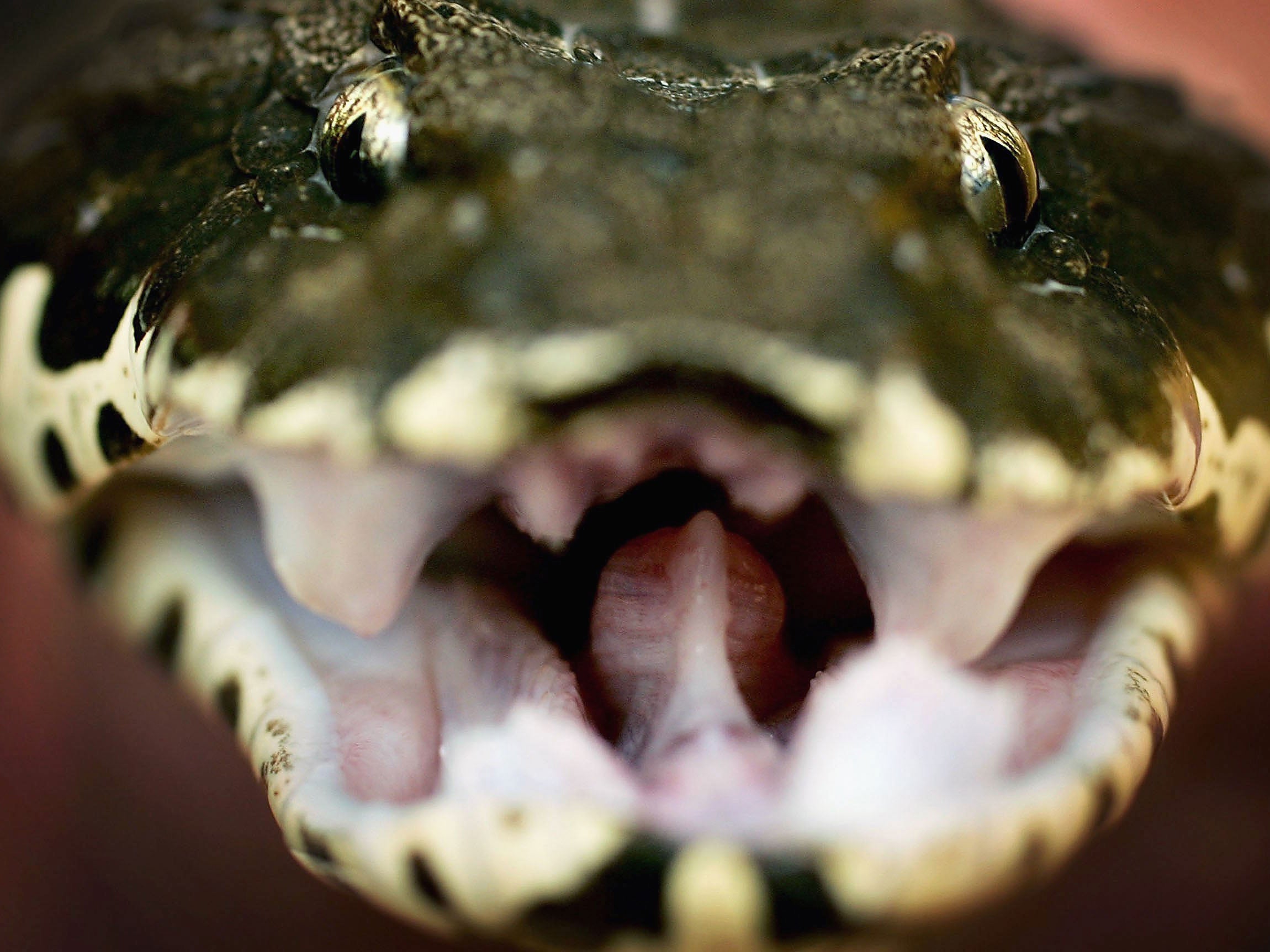Dying doctor accidentally describes exactly what it feels like to die from a snakebite
In what has been described as a ‘death diary’, snake expert described in precise detail the symptoms of the bite from the deadly snake

A doctors' "death diary" shows exactly how it feels to pass away after being bitten by a snake.
Karl Patterson Schmidt died in 1957, after he was bitten by a young boomslang snake. But despite the bite he didn’t realise he was going to die — and spent the time between being bitten and passing away documenting the specific sensations that he went through.
It took Schmidt about a day to die. During that time he was asked whether he needed medical attention — but refused to, for fear of interfering with the symptoms that he was feeling.
Schmidt was bitten at the Field Museum of Natural History in Chicago. The snake had been brought to the museum from the Lincoln Park Zoo, after it had been difficult to find anyone to identify it.
It was during that process that Schmidt took hold of the snake, as he describes in the early pages of his “death diary”. He didn't use the normal technique for taking hold of the snake — nobody really knows why — and the animal bit him on the hand.
In the following hours Schmidt described symptoms including nausea and blood loss. The animal’s venom works by causing tiny clots in the blood, stopping the blood from clotting inside the body and making its victim bleed to death.
Much of the Schmidt's diary had been written in a similarly matter-of-fact style. He details the exact amount of food that he consumed ("Ate 2 pieces milk toast") as well as his symptoms ("strong chill & shaking", and "Bleeding of mucous membranes in the mouth [...] apparently mostly from gums").
One of the last updates is as Schmidt awakes, the morning after the bite.
"Slight bleeding is now going on in the bowels," he writes. "No urine, with an oz. or so of blood baout every three hours (instead of the several oz. of urine to be expected). Mouth and nose continue to bleed, not excessively."
Soon later Schmidt was up and awake. He felt so well that he rang the museum where he worked to tell them that he would be at work the next day.
But he became ill quickly, and his wife called the family doctor, who worked to revive him. He was taken to the hospital and was declared dead soon after.
An autopsy found that Schmidt had sustained "extensive internal bleeding". Large and small bleeding was found throughout his body.
"Though Dr Schmidt's optimism was extremely unfortunate is proved by his death," a report by another scientist who published Schmidt's "death diary" read. "But it must be admitted that there was some justification: The boomslang was very young and only one fang penetrated deeply.
"A total lack of experience with boomslang venom is largely to blame for the tragic events of September 25 and 26."
Before his death, Schmidt had already contributed hugely to the study of snakes. After he passed away, Schmidt’s work led him to have a huge range of snakes named after him.
Join our commenting forum
Join thought-provoking conversations, follow other Independent readers and see their replies
Comments